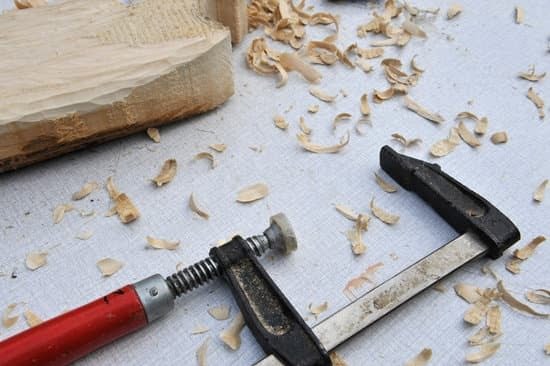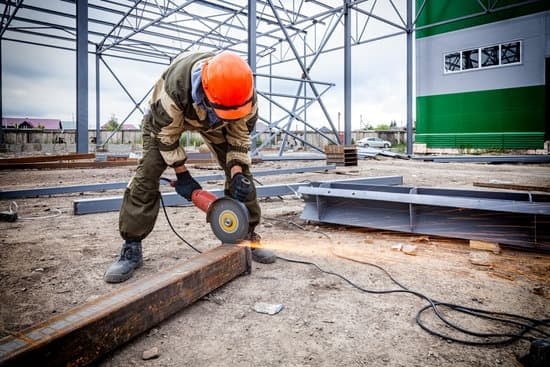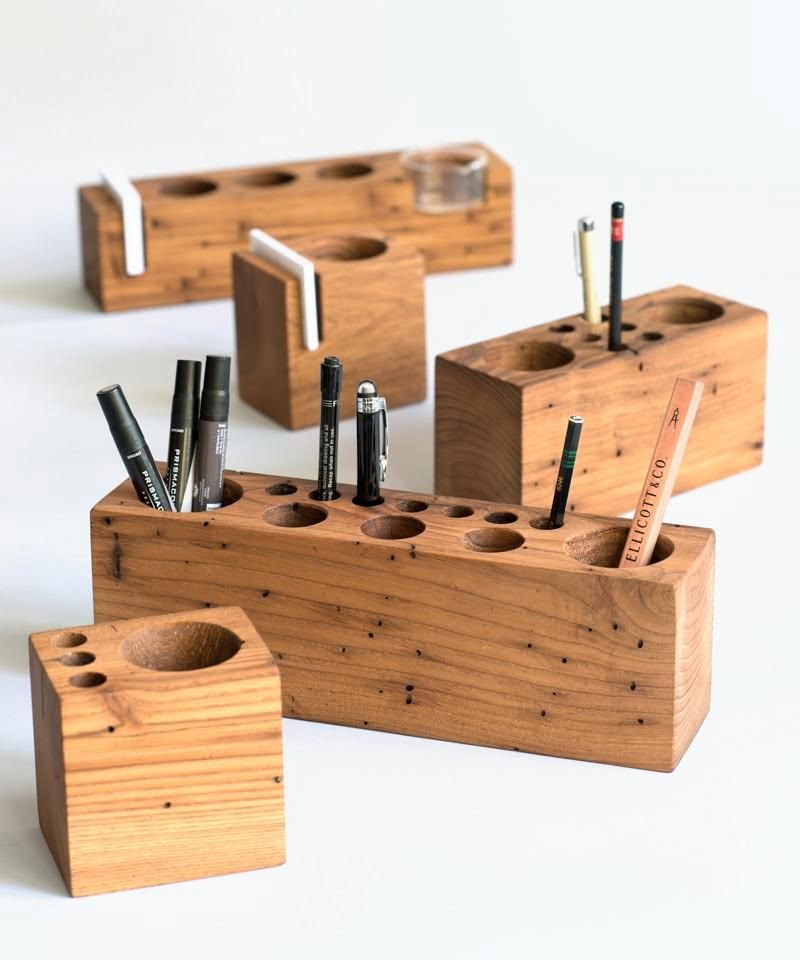Introduction
Woodworking tooling is a term used to describe the vast array of specialized tools and devices employed for shaping, cutting, and working wood into a myriad of forms. These include saws, routers, planers, sanders, chisels and other such tools, as well as other related devices such as clamps, vices and jigs. Also falling under the definition of woodworking tooling are shears, planes, screwdrivers and other hand tools which are used by professional carpenters and hobbyists alike.
Woodworking tools are used to modify the shape or size of timber in order to achieve specific shapes which would be difficult or impossible with traditional carpentry methods. They can be divided into two main categories; stationary machinery and hand-held tools. Stationary machinery includes power saws such as circular saws,, band saws, industrial table saws along with router tables and planer machines. These all allow pieces of timber to be cut precisely to size or milled to perfection through various operations involving both rotation and forceful downward pressure upon the material being processed. Hand-held power tools such as biscuit jointers or portable routers allow flexibility in their applications but do not always create a precision finished product without multiple passes over the area worked upon.
In addition to the previously mentioned tool types there are also a wide variety of additional accessories which work alongside these core items during woodworking projects – sharpening blocks for knives & chisels; abrasive discs for sanders; guides & measuring instruments for ensuring accuracy; specialist mallets for pounding in joins – all necessary for creating intricate shapes from larger pieces of timber. With each party having its own pros & cons it is up to the individual craftsman utilizing them to decide which combination best accomplishes his/her goal(s).
Advantages of Owning Woodworking Tooling
Woodworking tooling can open up the world of carpentry and woodcraft to the owner. Whether you’re just getting started, or a more experienced woodworker looking to do more complex projects, having the right tools is essential for your success. Having quality woodworking tooling means owning high-precision tools that are designed for precision and accuracy in cutting, shaping and carving. With these tools, you’re able to get great results without worrying about safety risks posed by an amateur-grade tool. Investing in quality woodworking tooling may require a substantial upfront cost, but it can save time, money and hassle down the road when it comes to ensuring the success and quality of your finished project. Quality air tools offer superior speed and torque control that lower grade tools simply cannot provide. Power tools also enable greater accuracy as they allow for changes of speed as needed while cutting or grinding materials that are often not possible using conventional hand held tools. With power tools, routing intricate profiles into sheets of material becomes much easier than manually cutting each profile out with no room for error; power saws can create miters easily with a single sweep vastly increasing production times even compared to handheld saws with skillful operators. Coworkers will appreciate you taking the extra step at work too!
Selecting the Right Tooling for Your Individual Project Needs
Woodworking tooling is the collection of tools used in various types of wood projects or crafts. Selecting the right tool can be crucial to ensuring the success of a project, as it allows for precise cuts and shaping in difficult to reach places. Woodworking tools come in a variety of materials, sizes, shapes and capabilities, so understanding what kinds of materials and tasks each type of tool is best suited for is important.
With any project, it’s best to use purpose-built wooden tools that are specially designed to cut through different types of wood. For example, when cutting boards larger than four inches thick an undercut saw would be the most appropriate tool. When making fine detailed cuts, such as for joinery work, an rabbet plane can help create smooth edges and create accurate joinery cuts with ease. Electric tools are great for quick tasks like cutting grooves or chamfers but tend not to provide superior results on detailed joint work or creating compound angles.
Handsaws and chisels can also be used in various ways during a woodworking project. Handsaws are ideal when making straight cuts in long pieces while chisels are perfect for removing small amounts of material from tight corners or hard to reach places. Carving knives and gouges also come in useful when more intricate carving is needed on a project requiring extra detail and precision.
In addition to hand tools, other essential woodworking tools include clamps and saw horses which help hold objects together firmly during construction or finish processes; sandpaper for smoothing surfaces; drill bits which allow holes to be bored into material; routers for shaping edges; router bits which create intricate shapes with precision; shapers which cut curves at sharper angles than circular saws; drills which drive screws into materials easily; screwdrivers necessary for attaching components together; squares necessary when lining up two parts securely; calipers which measure distances accurately; planes which shave off thin layers quickly and finally jigs that help ensure perfectly aligned joins every time working efficiently saving time too on many projects.
Choosing the Best Materials for Woodworking Tooling
The craft of woodworking requires several different kinds of tooling to help create the desired project. A variety of measuring, cutting and forming tools are available made from different types of materials that have their own benefits and limitations. Making the best choice for a particular job will come down to understanding the importance of each type and its suitability for the task at hand.
The woodworker has several choices when it comes to tooling materials. Carbon steel is the most common because it is both economically feasible and durable – stronger than stainless steel but similarly well-suited to a variety of conditions. For DIY projects, many will choose soft alloy tooling such as aluminum or brass that can easily be reshaped without compromising strength or durability. On the other end, large professional shops often select HSS (high-speed steel) which offers superior hardness so it can survive extended usage without significant wear. If a fine finish is desired, carbide-tipped or diamond-tip tools are typically used since they can maintain sharp edges longer and won’t require frequent resharpenings.
Picking out the right woodworking tooling depends heavily on an individual’s skill level and experience with certain projects as well as budget limitations. For example, beginners might prefer relatively inexpensive carbon steel tools as they hone their skills while seasoned professionals might opt for more costly options such as HSS that offer higher performance under heavy demand. However, everyone should keep in mind all possible options and evaluate them on a case-by-case basis in order to get the most deal for their money.
Understanding the Tooling Design Process
Woodworking tooling is the process of using specialized hardware and machinery to shape pieces of wood into desired objects. It is an essential part of any wood shop, and it requires a great deal of skill and knowledge. The tooling design process starts with selecting the materials or components that will comprise the finished product. This includes choosing types of wood, glues, finishes, and other supplies. After this is completed, careful measurements should be taken in order to accurately create finalized drawings for construction or assembly.
Next comes the selection of proper tools such as saws, planers, drills, routers, sanders, etc. to craft the design with accuracy. Before making a cut or applying glue/finish to material there should always be a test run on scrap material first to ensure that everything fits correctly and works as expected before proceeding further. Once all of these steps are complete then the final product should be ready for either display or use. With proper attention to detail during each stage of this process high quality results can be achieved every time!
Woodworking Tooling Maintenance Guide
Woodworking tooling must be maintained regularly to ensure it’s working efficiently and properly. Inspect woodworking tools for wear, dull blades, imbalances, and other signs of damage prior to use. Make minor repairs as needed or replace if necessary. Invest in quality woodworking blades that can be sharpened or reground when needed; this will prevent frequent replacements and save money in the long run. Keep tools clean and store them properly when not in use. Wood can swell and shrink due to changes in humidity levels so make sure your tools are protected from dust and moisture by keeping them sealed in a plastic or wooden box with a lid. Check the bearings on routers, drills, saws and sanders periodically for any signs of wear; this will reduce the strain on these tools offering better performance even under heavy workloads. Maintaining your woodworking tooling regularly will help it perform its best leading to projects that turn out beautifully each time.
Cutting Edge Technologies for Woodworking Tooling
Woodworking tooling is a vital piece of equipment for many carpentry and furniture making projects. It helps to shape, size, drill, and finish wood pieces easily and efficiently. As technology advances, even more efficient tooling for woodworking is becoming available that can help to improve the production process in carpentry workspaces.
One type of advanced woodworking technology is router-assisted machines used for joinery processes. These machines allow faster cutting and joints with higher precision than traditional joinery processes since they precisely control the speeds at which the router moves while cutting into the surface of the material. In addition to this type of machinery, there are also multi-axis CNC carving machines which enable intricate designs with rapid movement across multiple faces of a workpiece. Even more specialized tools such as edgebanders and 3D routers are available for producing complex routed parts in both softwoods and hardwoods quickly on an industrial scale.
Other technology includes laser cutters that accurately cut components made of wood or plastic using digitally generated designs from CAD files. This provides high-precision tolerances while cutting materials quickly compared to traditional methods like saws or chisels. Additionally, now even dust collection systems are becoming increasingly efficient in order to reduce waste materials during production runs in workshops. These dust collection systems capture fine particles released when sanding or drilling into lumber keeping them contained within a vacuum instead of being breathed in by workers.
Conclusion
Woodworking tooling is a great way to create a professional-looking project. It can be used in all manner of DIY projects, from furniture and cabinetry making, to boatbuilding or constructing hardwood doors and windows. Woodworking tooling provides precision detailing for a precise cut, helping to ensure the finished piece looks clean and precise. Additionally, using woodworking tooling saves time and money by reducing sanding and finishing steps by allowing you to achieve your desired finish faster.
Moreover, woodworking tooling enables an extensive range of detailed components that would take much more time with regular hand tools. Larger items such as carvings in furniture pieces or decorative engraving on larger objects are made; more easily when gathered with the use of specialized tools. When used in conjunction with other tools (drills, routers, saws, etc.), woodworking tooling provides a complete package that makes intricate designs possible with minimal effort.
Finally, the versatility provided by woodworking tooling makes it appropriate for almost any kind of project imaginable whether it’s for commercial production applications or individuals who just want something unique for their home. As long as you have the right equipment set up properly, you can get creative with your designs and make beautiful things from raw materials. For example, you can use jigs and templates to make dovetailed joints or apply complex geometry shapes such as arches or curves for greater design specifics. Therefore, investing in quality-made woodworking resources will increase the safety efficiency variations of your projects tremendously while at the same time allows anyone from a novice to an experienced crafter become skilled at creating high-end projects they are proud of.

Hi everyone! I’m a woodworker and blogger, and this is my woodworking blog. In my blog, I share tips and tricks for woodworkers of all skill levels, as well as project ideas that you can try yourself.




